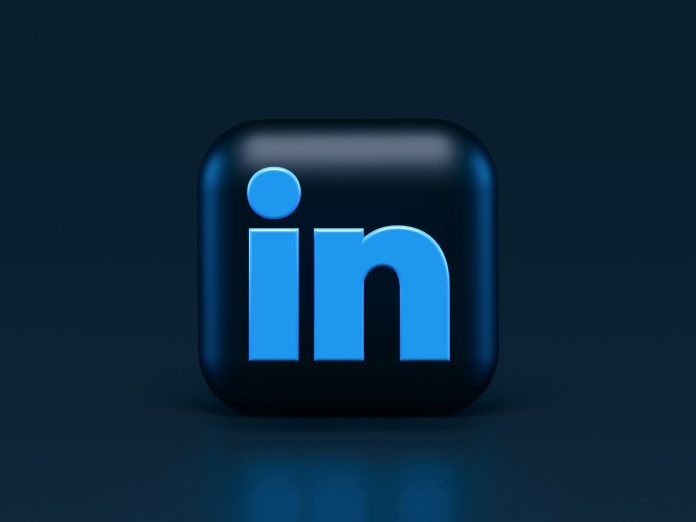Senior UK leaders and founders are continuing to post on LinkedIn believing it builds their brand — but most are seeing engagement collapse.
The issue isn’t timing or audience fatigue. It’s LinkedIn’s evolving algorithm, which has quietly reshaped how content is prioritized.
“LinkedIn used to reward activity… any activity,” explains Libby Crossland, Co-Founder of The Leadership Visibility Co. “Now it rewards authority. The algorithm is trying to work out who actually knows what they’re talking about — and most leaders are still posting like it’s 2019.”
The change means thought leadership and credibility-driven content now outperform generic updates, forcing executives to rethink how they build trust and influence online.
What’s changed
This year, LinkedIn has significantly shifted its algorithm to favour expertise, relevance and attention, not just volume of posts or engagement. Key shifts include:
- The platform now prioritises “dwell time”, the amount of time someone spends reading your post, not just how quickly they click like.
- Posts that spark longer, thoughtful comment threads carry more weight than posts asking for likes or “tag someone” invites. The platform is penalising click-bait style engagement.
- Posts on topics someone consistently shows interest in get more reach. In other words: if you jump around topics, the algorithm may not know what you stand for or where your expertise lays, and you lose out.
- LinkedIn also confirmed that older content can still surface if it’s highly relevant. Some posts 2-3 weeks old are showing up again, signalling that freshness alone doesn’t guarantee visibility.
Why this is hurting leadership voices
Many founders and senior leaders have unintentionally fallen behind. The typical post still looks like an announcement or PR update, but the algorithm now prioritises content that teaches, provokes discussion, or shares real experience.
“People assume the algorithm’s against them,” says Suzie Thompson, Co-Founder at The Leadership Visibility Co. “It’s not. It’s just smarter. If your posts aren’t rooted in your actual expertise, the platform doesn’t know who to show them to.”Common pitfalls include:
- Sharing announcements (“We’ve just launched…”), rather than insights. The current algorithm isn’t built for announcements. It’s built for helpful thinking.
- Talking about many different themes. When you scatter your messages, the algorithm struggles to label you an expert in anything and won’t push your posts as far.
- Treating LinkedIn like a billboard. The new feed rewards posts people stay with — reading, engaging, discussing — so shallow content doesn’t fly anymore.
In short: if your feed says, “I post because I must,” it won’t build trust. But if it says, “Here’s what I know and how you use it,” it can.
What the strongest leadership voices are doing differently
- They post about 3-5 consistent themes (not 20). They show up weekly.
- Their posts start with a statement or question that stops someone from scrolling. Then they tell a story or show a lesson.
- They invite real conversation (not just “agree with this” prompts).
- They engage in comments on their own posts, they don’t just ‘post and ghost’.
- They let content live: they don’t expect a post to die after 24 hrs; they keep engaging so LinkedIn sees value over time.
Make your LinkedIn profile reflects real expertise
If a profile doesn’t clearly show what you do, why it matters, and who benefits, it’s already underperforming. Broadcasting updates isn’t enough.
“Visibility without clarity isn’t visibility,” says Libby. “The system, and your audience, reward content that’s useful, not just frequent.”



 Bitcoin
Bitcoin  Ethereum
Ethereum  Tether
Tether  XRP
XRP  Wrapped SOL
Wrapped SOL  USDC
USDC  Lido Staked Ether
Lido Staked Ether  TRON
TRON  Cardano
Cardano  Avalanche
Avalanche  Toncoin
Toncoin